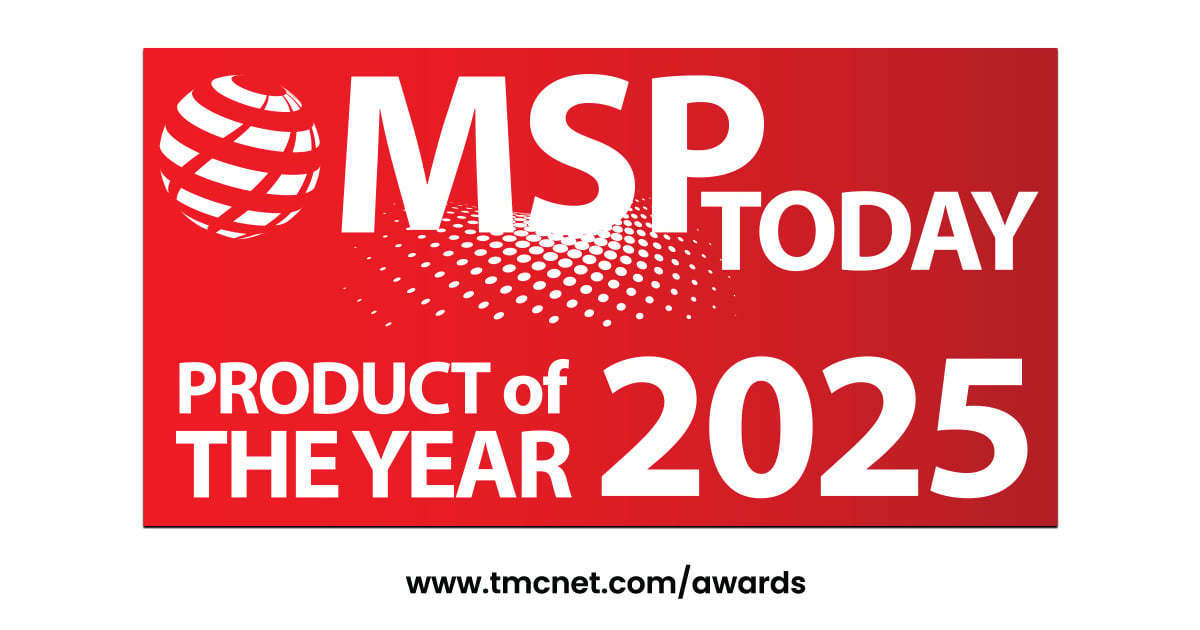
Do crumbling roads, power outages, or outdated systems sound familiar? Many businesses struggle with aging infrastructure that can’t keep up with modern demands. These challenges often waste time and money while slowing growth. Here’s the good news: technology is changing how we build and manage these critical systems. For example, artificial intelligence now helps design smarter cities and cleaner energy grids. In this blog, you'll learn about new methods of reshaping infrastructure to build stronger foundations for the future. Ready to reconsider what’s possible? Let’s get started!
Emerging Trends in Infrastructure Development
Technology is reshaping how systems are built and operated. Businesses now adopt smarter tools to create faster, cleaner, and more adaptable solutions.
AI-Driven Infrastructure Design
AI reshapes infrastructure design by automating complex tasks. It maps terrains, predicts structural weaknesses, and refines layouts faster than traditional methods. Construction time drops while accuracy increases. AI analyzes historical data to predict failure risks in buildings or bridges before they occur. Companies save money on repairs and enhance safety for users. Predictive models identify ideal locations for renewable energy projects like solar farms or wind turbines. Algorithms simulate environmental impacts, helping companies plan more environmentally friendly infrastructure. Traffic systems improve with AI managing vehicle flow patterns in real-time, reducing congestion and emissions simultaneously. This technology simplifies decisions while adapting to ongoing changes in demand or climate conditions.
Quantum AI for Industry 4.0
AI-driven infrastructure creates opportunities for more advanced technologies, such as quantum AI. This powerful tool processes data at exceptional speeds, offering faster problem-solving capabilities in manufacturing and logistics. Factories can enhance production lines with predictive analytics that adjust to real-time demands. Quantum algorithms strengthen supply chain resilience by identifying inefficiencies and creating precise solutions quickly. Businesses gain from intelligent forecasting systems powered by quantum computing paired with AI models. For example, energy grids use these tools to balance loads efficiently during peak usage times. Greater computational power reduces downtime risks while enabling industries to adopt automation securely. Quantum AI helps industries move smarter, not harder.
Sustainable Infrastructure Techniques
Builders now adopt smarter methods to reduce environmental harm. These approaches reshape how future systems are designed and maintained.
Green Construction Methods
Green construction methods prioritize sustainability. These techniques focus on reducing environmental impacts while saving costs for businesses.
- Use recycled materials to cut waste and reduce resource extraction. This includes reclaimed wood, recycled glass, and metal.
- Install energy-saving systems like LED lighting and smart HVAC units to lower energy consumption.
- Incorporate renewable energy sources such as solar panels or wind turbines into buildings to reduce dependency on fossil fuels.
- Add green roofs or living walls to improve air quality, enhance insulation, and manage stormwater runoff effectively.
- Apply low-impact construction techniques to limit site disturbance and protect surrounding ecosystems during building projects.
- Implement water-saving measures such as rainwater harvesting systems and low-flow plumbing fixtures to conserve resources.
- Choose non-toxic building materials like low-VOC paints and sealants for healthier indoor environments for workers and occupants alike.
- Focus on modular designs that are easier to expand, relocate, or deconstruct without creating excess waste in the future.
Sustainable approaches tie directly into renewable energy use, setting a foundation for eco-friendly infrastructure growth.
Renewable Energy Integration
Businesses are incorporating renewable energy into their operations to reduce costs and emissions. Solar panels, wind turbines, and hydroelectric systems now play important roles in powering industrial complexes. These technologies decrease reliance on fluctuating fossil fuel prices. For instance, companies like Walmart installed over 500 solar projects across the U.S., cutting annual energy bills significantly. “Renewables aren’t just good for the planet—they’re smart business decisions.”
Energy storage solutions like batteries ensure reliable power even during cloudy or windless days. Tesla’s Powerwall is being adopted by corporations seeking to store surplus solar energy effectively. Using renewables not only saves money but also attracts eco-conscious consumers demanding sustainable practices from businesses they support.
Advanced Digital Systems Reshaping Infrastructure
Cloud computing and artificial intelligence are reshaping the backbone of modern infrastructure. Businesses now rely on smarter systems to handle complex operations faster and more efficiently.
Hybrid Cloud Solutions
Hybrid cloud solutions merge private and public cloud infrastructures. Businesses gain adaptability by handling sensitive data privately while accessing expandable resources from public clouds. This balance reduces costs and enhances efficiency. Companies looking to modernize their infrastructure with local expertise often turn to trusted providers, like those who hire Anteris in Albany, to streamline deployment and optimize performance.
Companies like Amazon Web Services and Microsoft Azure lead in this technological progress. These platforms support secure operations, disaster recovery, and quicker implementation during peak demand. Hybrid systems also allow businesses to adjust rapidly to changing needs without overhauling their IT infrastructure.
AI-Accelerated Data Centers
AI-driven systems are redefining data centers to be faster and smarter. Predictive algorithms monitor hardware performance, reducing downtime. AI enhances energy use, lowering electricity bills for businesses while improving efficiency. Companies often turn to managed services such as tech support by Base Solutions to keep critical systems running smoothly while implementing intelligent upgrades. Companies like Google reported up to 40% reductions in cooling costs using AI tools. Machine learning analyzes workloads, redistributing tasks to prevent overloads. This technology enhances speed without massive infrastructure changes, saving time and money for business owners.
Transforming Foundational Systems with New Models
New models are flipping traditional systems on their heads. Businesses now demand solutions that adapt quickly and grow with ease.
Microgrids and Behind-the-Meter Solutions
Microgrids provide localized energy systems that function independently or in conjunction with the main grid. They provide businesses with a dependable power source during grid outages, minimizing downtime risks. Behind-the-meter solutions allow companies to produce and manage their electricity, reducing reliance on large utilities. Solar panels paired with battery storage are common examples of this method.
These systems lower expenses while promoting sustainable energy objectives. Businesses using microgrids frequently experience enhanced energy efficiency and more control over usage patterns. With renewables like wind and solar included, they also significantly reduce carbon emissions.
Modular and Scalable Infrastructure
Modular infrastructure adapts to changing demands quickly. Businesses can expand or reconfigure systems without overhauling entire setups. Prefabricated components reduce construction time and costs. For instance, modular data centers save energy and offer flexibility in deployment. This approach accommodates growth by matching resource needs efficiently. Industries like tech and manufacturing benefit from this design. It minimizes waste while supporting expansion plans effectively. Efficient, flexible models offer opportunities for integrating renewable energy solutions into existing frameworks with ease.
Challenges and Opportunities in Implementing Emerging Techniques
Overhauling infrastructure often encounters budget constraints and technical challenges. Connecting different industries can inspire new solutions for modernization efforts.
Addressing Cost and Scalability Issues
Reducing infrastructure costs starts with smarter planning. AI assists in predicting demands and reducing waste, saving money in advance. Modular systems enable businesses to expand incrementally instead of overspending on unused capacity. Cloud infrastructure provides flexible pricing models, allowing companies to pay solely for what they use. Addressing growth challenges requires innovative solutions. Microgrids reduce energy expenses while supporting grid independence during peak hours. Renewable integration balances long-term costs despite higher initial investment. Hybrid cloud setups handle increasing data flow without costly hardware upgrades, maintaining performance with affordability efficiently.
Enhancing Collaboration Across Sectors
Improving partnerships between the technology, construction, and renewable energy sectors speeds up infrastructure growth. Construction robotics reduces project time while improving accuracy. Information technology aids in monitoring shared resources effectively. Cloud infrastructure connects teams across the globe instantly for smoother planning and execution. Aligning goals across industries sharpens focus on cleantech projects like modular designs or microgrids. Sharing data from AI-driven systems identifies potential inefficiencies early. Combining expertise ensures better outcomes with lower costs. Strengthening digital connectivity pushes this trend further into modernized foundational systems, reshaping societal needs effortlessly.
Conclusion
The way we build and maintain infrastructure is evolving fast. New technologies are reshaping how systems work, making them smarter and more sustainable. These changes bring both challenges and opportunities for growth. Businesses that adapt can stay ahead in this changing environment. The future isn't just coming—it's being built right now.






